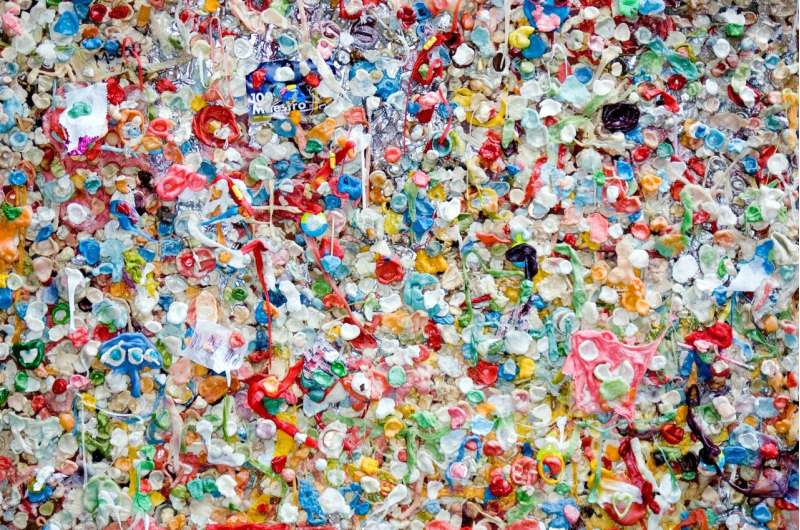Nanoparticle tracking could improve our understanding of plastic pollution

A ground-breaking method to label and track manufactured nano-plastics could signal a paradigm shift in how we understand and care for environments, finds a new study.
Nano-plastics are particles of at least one dimension below one μm. While there has been growing awareness of the dangers of visible plastic pollution to marine life, nano-plastics are thought to be even more dangerous as unseen, smaller animals and fish can ingest them.
Nano-plastics are suspected of being released into the environment directly by commercial products and by the breakdown of larger pieces of plastic litter.
In a study published by the journal Communications Materials, researchers from the University of Surrey detail a new one-step polymerization method to label nano-polystyrene directly on the carbon backbone of plastic. The new simple method uses14C-styrene and requires minimal reagents and equipment to create nano-particles in a wide range of sizes for use in simulated lab environments.
The team has used their new method to produce and investigate the behavior of nano-plastics at low concentrations in a variety of scenarios—including in bivalve mollusc.
Dr. Maya Al Sid Cheikh, co-author of the study and lecturer in analytical chemistry at the University of Surrey, said: "The truth is that the scientific community knows little about the effects and behavior of nano-plastics in our environment because it's extraordinarily difficult to detect, track and measure such minute particles. Our new, simple method is a step in the right direction for correcting this knowledge gap as it allows researchers to replicate scenarios in which commercially produced nano-particles have customarily gone unnoticed."
More information: Maya Al-Sid-Cheikh et al. Synthesis of 14C-labeled polystyrene nanoplastics for environmental studies, Communications Materials (2020). DOI: 10.1038/s43246-020-00097-9
Provided by University of Surrey





















